
Switzerland and the Arctic are similar in many ways. This had already been emphasized in 2019 by the then head of the Swiss Arctic dossier, Ambassador Stefan Estermann, during his presentation on the first Swiss Arctic strategy. And with that, he also included Greenland, which often reminds one of Switzerland, not only in terms of high mountains and glaciers. The dangers posed by this actually breathtaking landscape are also similar. And this is where the two countries want to cooperate much more.
Since yesterday, April 3, 2023, a high-level delegation from Greenland is now in Switzerland. It seeks input from Swiss federal and local politicians, scientists and experts in the fields of the environment, natural disaster prevention and sustainable development on how issues such as avalanches, landslides and floods are dealt with in Switzerland. In addition, research cooperation will be further deepened, especially in the areas of polar research, climate change effects, environment and risk management. It is planned that subsequently, at a further meeting in Nuuk in mid-April, a Memorandum of Understanding can be signed between the Swiss Polar Institute and the Greenland Research Council to consolidate this collaboration.



We want to know more about the experience of Swiss geologists so that we can use it in our country to prepare for possible unsafe mountains and create more safety for citizens living nearby
Aqqaluaq B. Egede, Minister of Natural Resources and Justice, Greenland
The high-level delegation is led by Aqqaluaq B. Egede, the Minister of Natural Resources and Justice, Kalistat Lund, the Minister responsible for Agriculture, Self-Sufficiency, Energy and Environment, and the Mayor of Greenland’s largest municipality Aviannaata Kommunia, Palle Jerimiassen. Representatives from the University of Greenland and the Greenland Research Council are also present. The delegation was received by the Swiss State Secretary for Education, Research and Innovation Martina Hirayama and other representatives of the Swiss Federal Department of Foreign Affairs (FDFA) and the Swiss Federal Office for the Environment (FOEN). From the scientific side, the group is accompanied by the representatives of the Swiss Polar Institute SPI and representatives from Swiss research groups. In addition to meetings and discussions on deepening research cooperation, the plans include visits to areas in the cantons of Bern and Valais where monitoring campaigns are underway to protect against natural disasters.

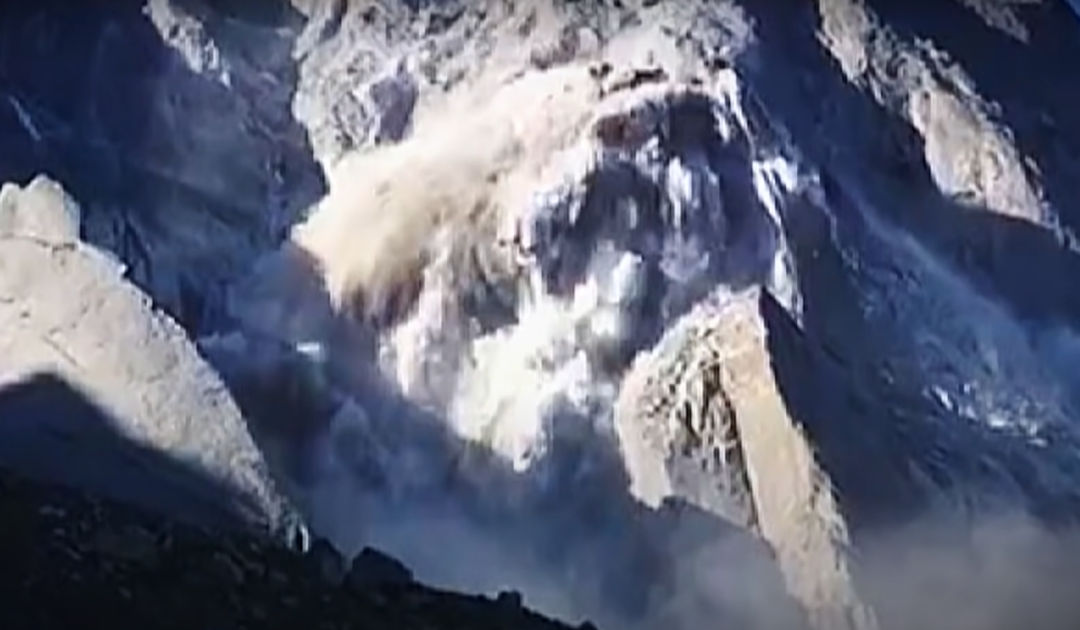
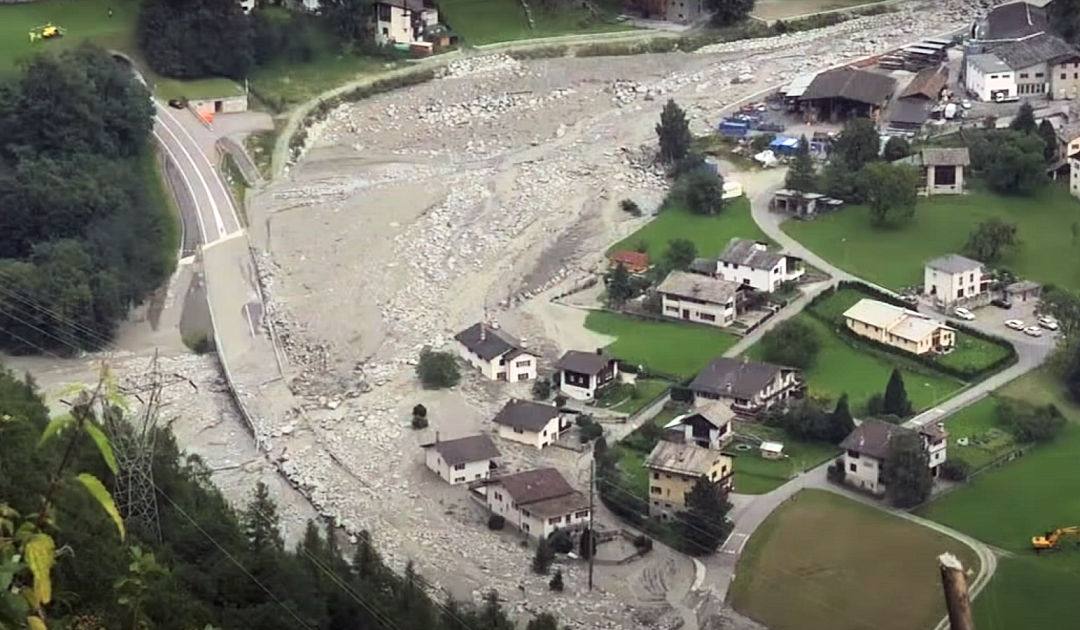
Both Greenland and Switzerland are exposed to increasing risks from natural hazards caused by the retreat of glaciers and the thawing of permafrost as the climate warms.
Prof. Gabriela Schaepmann-Strub, Scientific Director SPI
The aspect of risk management in the event of natural disasters is particularly important for both sides. This is because rising temperatures are having a massive impact on the stability of the soil and glaciers of Switzerland and Greenland. This creates an increased threat level for many communities. Both countries have already experienced examples of the catastrophic effects that resulting natural disasters can have: In Switzerland, a massive landslide in 2017 led to the Bondo disaster, in which eight people lost their lives. At that time, three million cubic meters of debris slid off a mountain. And in West Greenland, a similarly massive landslide in the Karrat area, where as much as an estimated 45 million cubic meters slid off, led to the loss of four lives in a subsequent tsunami. SPI’s scientific director, Professor Gabriela Schaepman-Strub explains: “Greenland and Switzerland are both exposed to increasing risks from natural hazards related to collapsing glaciers and permafrost thawing with climate warming. These risks are threatening our people and infrastructure.” And Minister Aqqaluaq B. Egede states: “We want to know more about the experience of Swiss geologists so that we can use it in our country to prepare for possible unsafe mountains and create more security for citizens living nearby.”
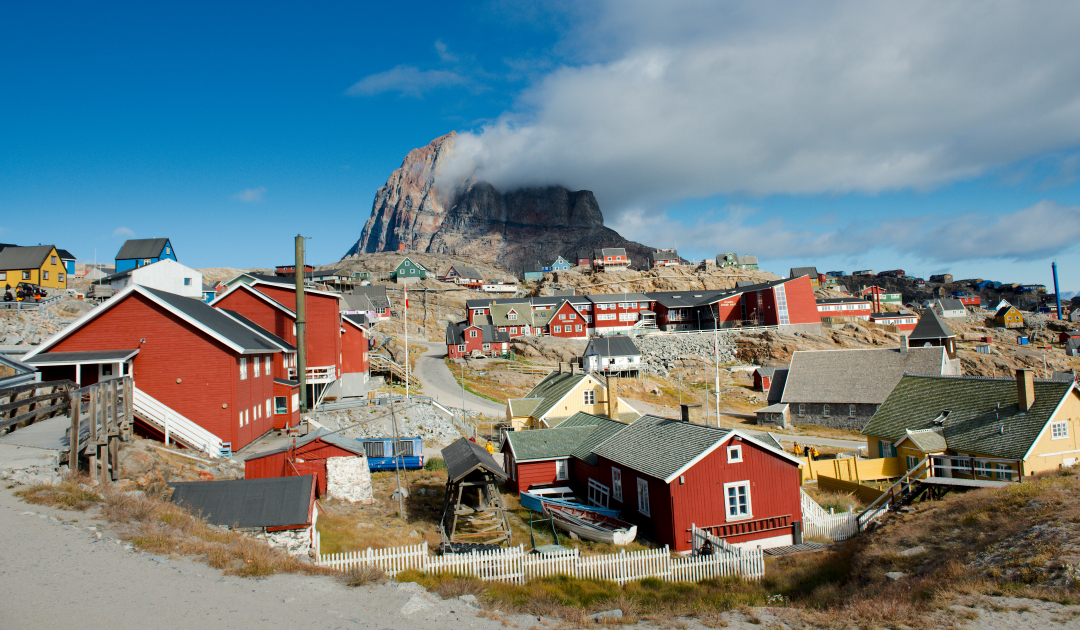
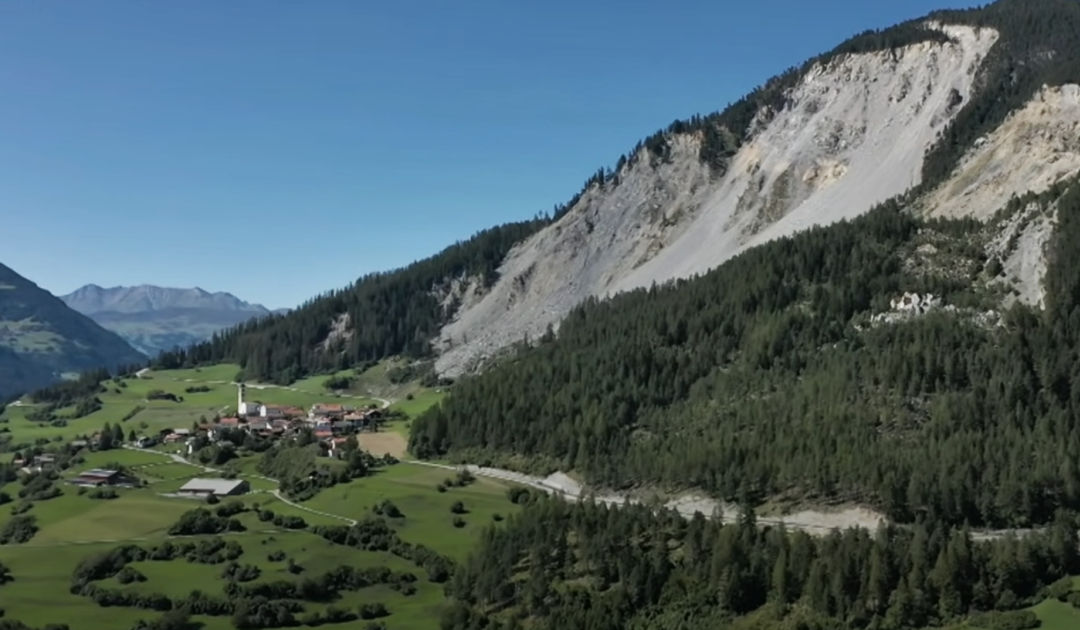
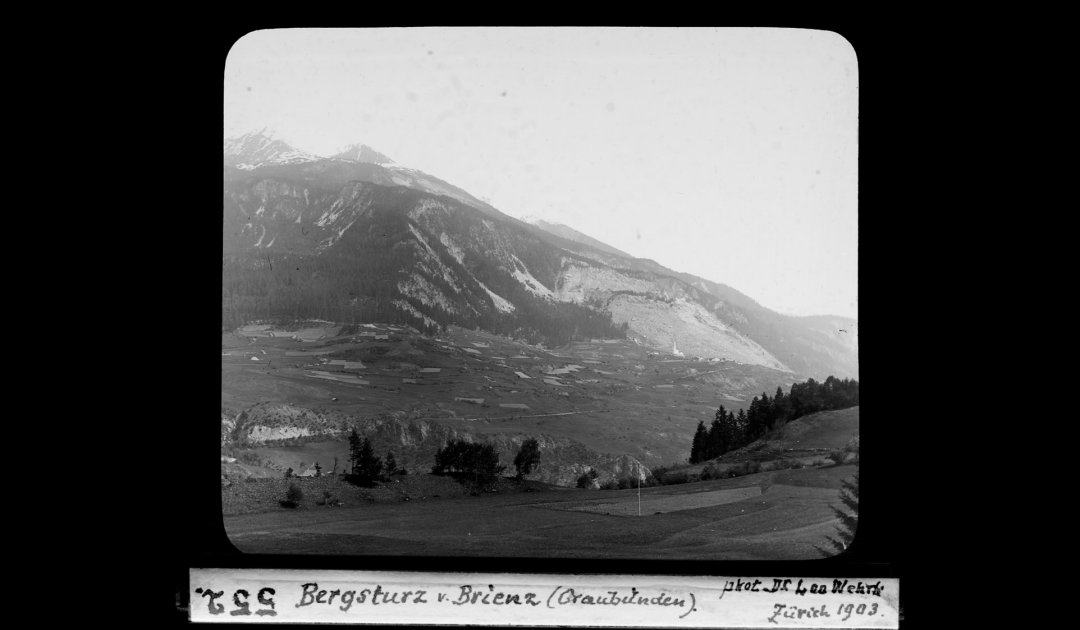
I am convinced that the knowledge we gain about large landslides in Greenland will also help Switzerland.
Prof. Markus Stoffel, University of Geneva
Especially communities like Sisimiut or Uummannaq further north are threatened by unstable mountainsides or avalanches in Greenland. Here, the Greenlandic government wants to learn from Switzerland’s experience and set up a monitoring system. But Switzerland will also benefit from the cooperation, of that experts are convinced. “It is a privilege to share this knowledge on how to best protect people in the most equitable and sustainable way with colleagues in regions where problems start to emerge due to climate warming and permafrost thawing,” says Markus Stoffel, a professor at the University of Geneva and coordinator of the collaboration. “I am convinced that the insights that we gain on large landslides occurring in Greenland will also help Switzerland to better understand some of the massive instabilities that we now observe at high altitudes in the Swiss Alps.” One such instability is currently affecting the Grisons village of Brienz/Brinzauls, which is acutely threatened by a landslide. According to recent measurements, part of the slope above the village is sliding at a rate of up to 32 meters per year. And the village itself is also slipping further and further towards the bottom of the valley. Alarmed by this, the authorities intensified the monitoring program and issued new evacuation measures. It is expected that millions of cubic meters of debris and wood could come off the slope this year.
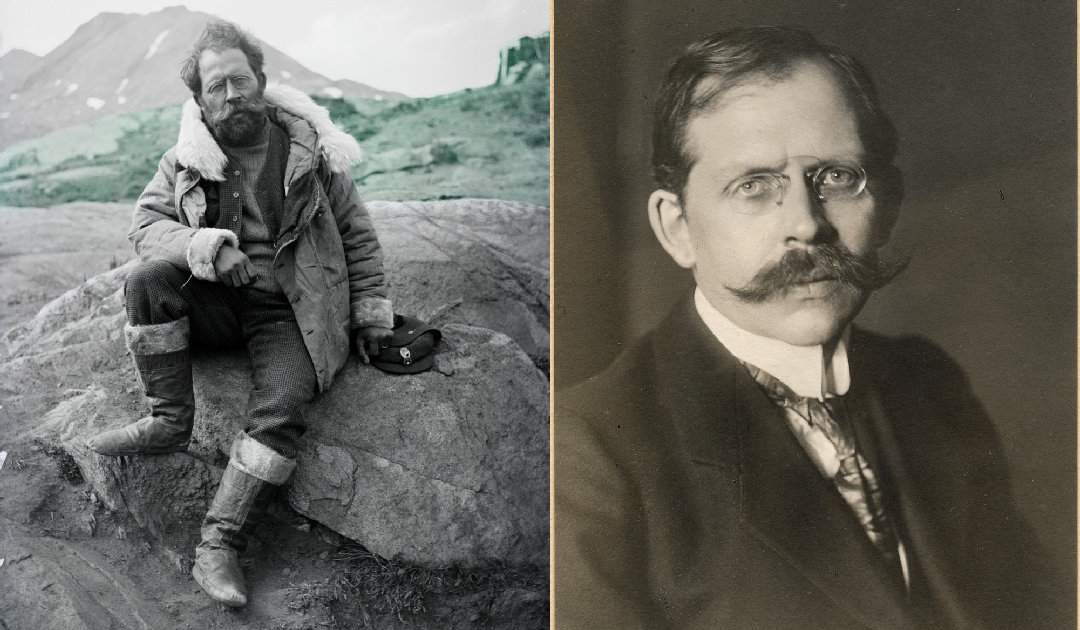

Switzerland and Greenland have a long history together when it comes to research, originating with Alfred de Quérvain’s expedition to Greenland in 1912. But it really took off thanks to the tireless efforts of Professor Konrad “Koni” Steffen, who was committed to deepening research activities and cooperation with Greenland and who tragically lost his life in Greenland in 2020. The “Konrad Steffen Grant” established in his honor is a corresponding implementation and is intended to provide financial support for research work. Last year, for one, joint research priorities were defined at a meeting of the SPI and the Greenland NIS. On the other hand, SPI launched its flagship initiative “GreenFjord”, a large-scale multidisciplinary research project investigating the impacts of climate change on Greenland. “With this visit initiated through the Koni Steffen grant we want to provide a platform for exchange on our experiences and shared problems around natural hazards, and to explore collaboration opportunities between Greenland and Switzerland in science, technology, and policy,” says Professor Schaepmann-Strub.
Dr Michael Wenger, PolarJournal
More on the topic





